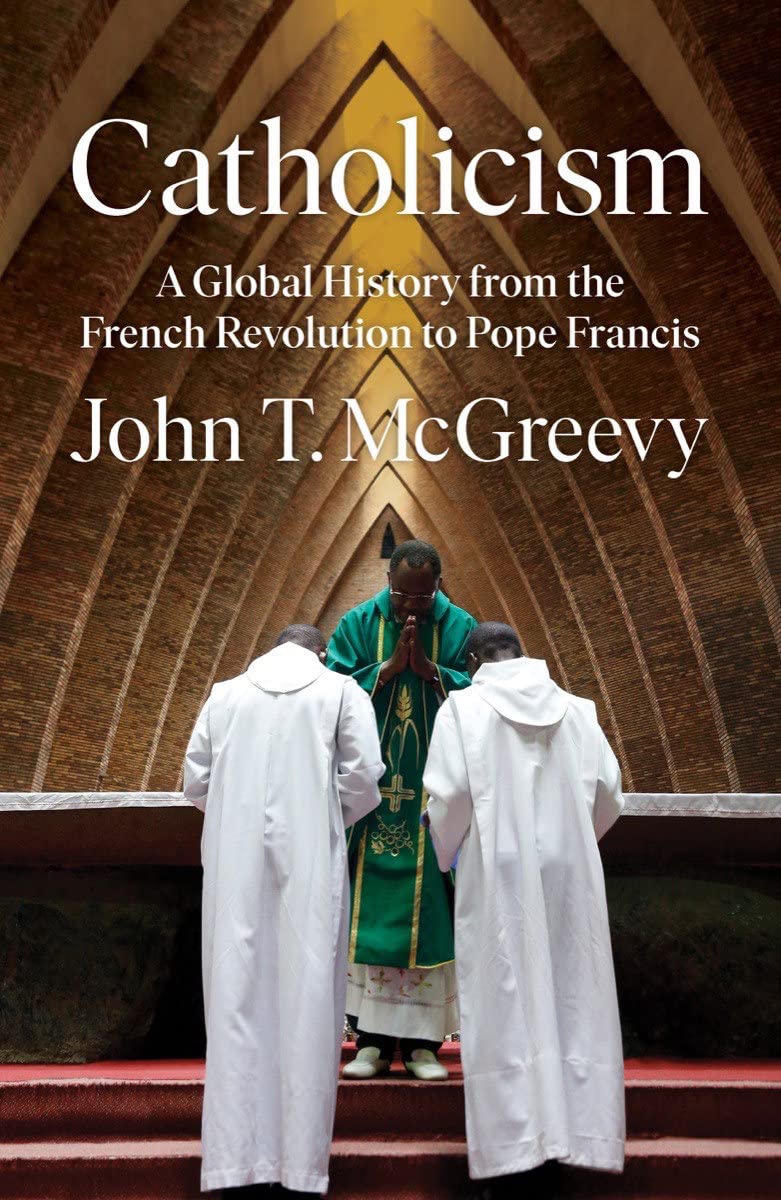

Most ebook files are in PDF format, so you can easily read them using various software such as Foxit Reader or directly on the Google Chrome browser.
Some ebook files are released by publishers in other formats such as .awz, .mobi, .epub, .fb2, etc. You may need to install specific software to read these formats on mobile/PC, such as Calibre.
Please read the tutorial at this link: https://ebookbell.com/faq
We offer FREE conversion to the popular formats you request; however, this may take some time. Therefore, right after payment, please email us, and we will try to provide the service as quickly as possible.
For some exceptional file formats or broken links (if any), please refrain from opening any disputes. Instead, email us first, and we will try to assist within a maximum of 6 hours.
EbookBell Team

4.0
46 reviewsTHIS BOOK TELLS THE STORY of Catholicism since the French Revolution. Reasons: The first is to make an argument: a better understanding of Catholicism enhances our grasp of the modern world. No institution is as multicultural or multilingual, few touch as many people. The Chinese Communist Party, the European Union, the Central Intelligence Agency, and the International Monetary Fund possess global influence. But only the Catholic church includes extended networks of people and institutions in Warsaw, Nairobi, and Mexico City, as well as the most remote sections of the Amazon. Only Catholicism counts 1.2 billion baptized members, a majority of whom are people of color living in the Global South. Only a pope, as Francis did when visiting Manila in 2015, can attract six million people, perhaps the largest crowd in human history, to attend Mass in a driving rainstorm. Historians increasingly recognize this. And the recent burst of superb scholarship on modern Catholicism makes this book possible.1 Placing these books and articles in conversation makes visible patterns blurred when studying a single person, town, parish, diocese, or country. The biggest change in history writing in my lifetime has been the loosening of the clamps of the nation-state. Nation-states matter for the history of modern Catholicism, as this book demonstrates, but doctrines, people, and devotional objects also crossed borders with ease. In previous studies, I have tried to understand Catholicism in one nation-state and through its missionaries.2 This project is more capacious, beginning in the late eighteenth century and coming up to the present. It is not comprehensive. One analyst of recent global histories worries that their scope renders them incapable of assessing causation or sustaining a reader’s interest.3 Chastened, I’ve made this study as much a story as my narrative skills allow, sacrificing coverage for individuals and themes...more